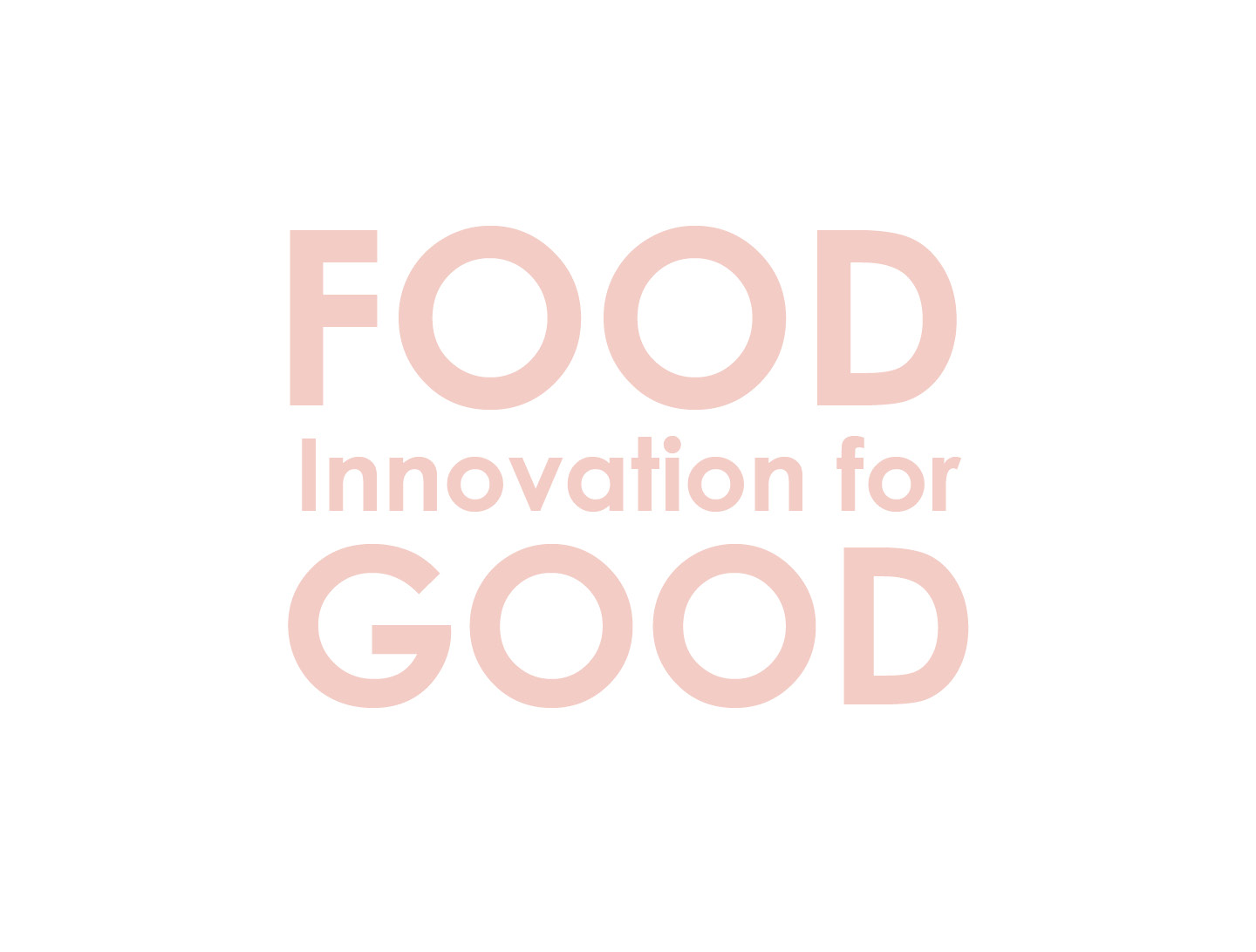1 Mar 2021
The number of delivery and takeaway concepts has gone through the roof in 2020. Many restaurants, cafés, bakeries and other food stores that got hit by the lockdowns decided to add takeaway and/or delivery to their service to survive the crisis. In both cases, packaging is important to keep the contents fresh (or warm) and tasty, and it also impacts first impressions and quality perception. Get inspired by these 7 sustainable packaging examples for takeaway and delivery!

Edible wrapper
The Double Down sandwich from KFC in Hong Kong is all meat and no bun. As this can be quite messy to eat, they invented a ‘200% edible wrapper’. This innovative wrapper, which encases their most popular chicken sandwich, is made of rice paper and printed with edible ink in KFC’s signature Zinger flavour. A great way to minimise waste streams!
Seed-infused packaging
The seed-infused packaging of the Bloom chocolate bar doesn’t have to end up as waste. Instead of disposing of it, you can plant it to grow the ingredient the gives the chocolate its flavour. The Bloom concept exists for a range of different flavour chocolates, packaged in biodegradable seed-infused cards. The mint chocolate pack grows into mint when planted, the orange chocolate packaging spawns an orange plant, the rose-infused chocolate grows into roses, and the chilli chocolate packaging grows into a chilli plant.
PizzaRound
A 100% tree-free plant-based compostable pizza box for pizza delivery and takeaway restaurants: that’s the PizzaRound. This innovative circular pizza container is made from sugarcane and bamboo, and allows takeout and delivery pizzas to be hotter, crisper and free of the cardboard taste that often transfers to the pie in paper boxes. The PizzaRound is ovenable to 450°, so pizzas can be reheated in the box they came in. This is a very sustainable and efficient innovation for pizza restaurants.
100% compostable cookie packaging
Van Eigen Deeg was the first Dutch bakery to develop 100% compostable packaging for cookies. The packaging is made from the remains of stems and leaves, and is completely plastic-free. It can be disposed of as organic waste, as not only is the packaging itself compostable, but so is the label. A little side note: this bakery also bakes ‘circular’ cookies, which are made from saved bread.
KitKat Origami
Nestle Japan replaced the plastic packaging of their KitKats with paper packaging that can be turned into origami. The new packaging is not only good for the environment, but it’s fun too. Each KitKat bar wrapper includes instructions on how to fold it into a traditional origami crane, a symbol of hope and healing. The switch to an eco-friendly wrapper for these KitKats is expected to cut down on roughly 380 tonnes of plastic each year in Japan alone.
Refillable packaging
Sharepack™ is a reusable and returnable food packaging service in the takeaway and home delivery market. The consumer orders a meal, which is delivered in a Sharepack package. The packaging, made of bio-based material, has a deposit, providing an incentive for the consumer to return it. After return, with climate-neutral transport, Sharepack cleans the packaging and then it’s ready for reuse. Sharepack can be used up to 500 times, and the packaging can be customised for particular foods like pizza and hamburgers.
Customisable box
Nostro Gastronomy, a tiny but busy gastropub in the centre of Budapest, developed customisable takeaway packaging: a box for cakes and coffee that enables customers to carry both in one hand. The coffee holder – which can be removed – fits three sizes of paper cups. A special insert inside the box makes handling cakes easier and also prevents them from sliding into each other during transport. The boxes are available in two sizes, which can be joined by connecting them with a satin ribbon.
